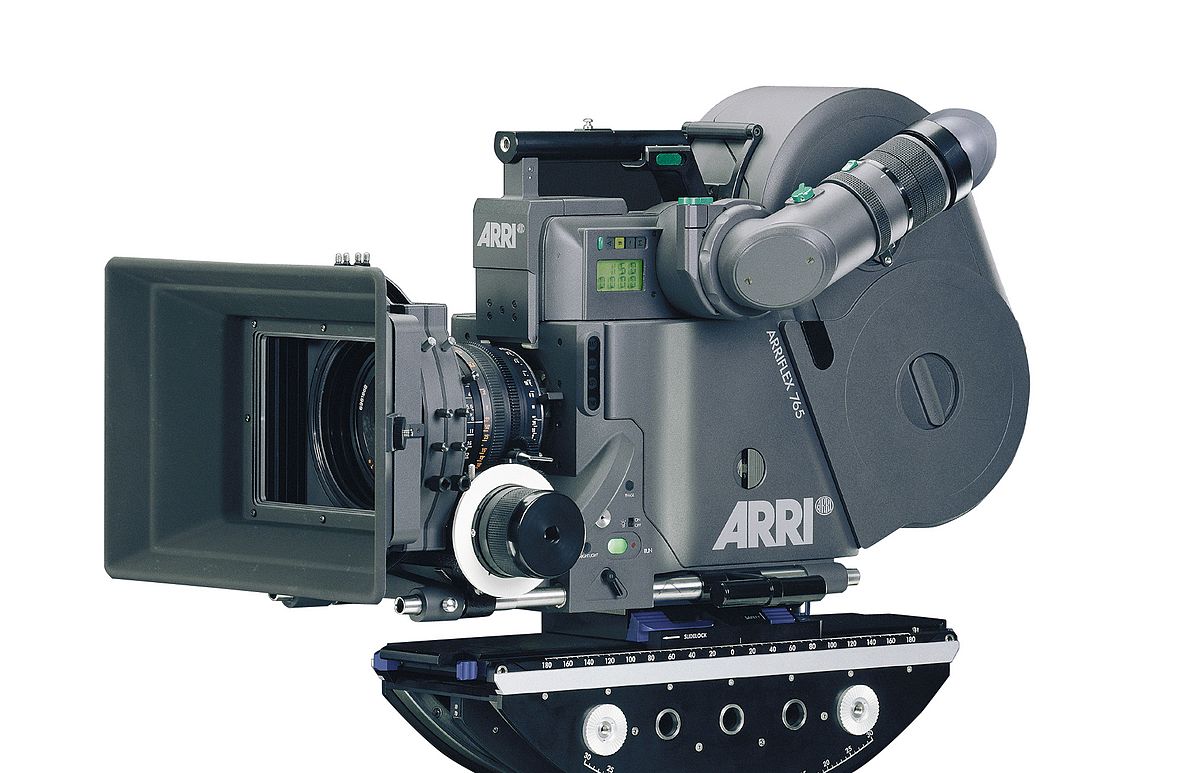Intermittent cameras were quite frequently seen if one entered the film industry before ~2010, made a home movie before ~1980, or is an enthusiast of the various non-digital motion picture film formats. This, of course, refers to the motion picture camera. High-speed intermittent cameras operate on the exact same principle as a normal non-digital movie camera, but the mechanism is sped up considerably. While normal movie cameras run at 24 frames per second, 16mm high speed intermittent cameras have achieved 1,000 fps.

source
The workings of an intermittent camera are quite simple. There are are usually three components to such a system:
- A shutter
- A pulldown mechanism
- Registration pins
The shutter is usually a continually rotating opaque disc with one or more slots cut radially into it (of varying angular widths usually from 0-180 degrees) that is placed in front of the lens. The shutter is precisely synchronized with the pulldown mechanism so when the pulldown mechanism is advancing the film, the shutter is blocking the light from the lens, and when the film is stationary, the shutter lets light through.
The pulldown mechanism's function is to advance the strip of film (100-2000 feet long that is unspooled and re-spooled) forward one frame. The size of the frame varies from about a square centimeter for 16mm to ~15 square centimeters for a square 70mm frame (as is ocasionally used for engineering cameras), and the main determinant of frame rate is the length of the frame (in the direction of the strip), as the pulldown mechanism will tear sprockets if the film is accelerated too quickly.
There are many different methods high-speed intermittent mechanisms use to accomplish the same task. Some (such as used in Photosonics cameras) are simply beefed-up even more precise versions of their motion picture counterparts, while others (Milliken) have used ingenous eccentric wheel mechanisms.
The registration pins are not necessary, but are used in many designs, especially those for 35 or 70mm film. This allows for superior image stability compared to non-registered footage as the registration pins slide into the sprocket holes and secure each frame in nearly the exact same location as the previous frame. Thus, when footage is played back, film jitter is less apparent, resulting in a considerably improved viewing experience. When the film is advanced, the registration pins pull back and are re-inserted when the film is stationary once more.
Intermittent cameras enjoy several advantages over other types. For starters, especially with pin-registered versions, the image stability is superior compared to footage from other types. This allows intermittent cameras to be used in motion picture applications where the image on the projection print is blown up several hundred times and jitter is completely unacceptable. Many action movies used such cameras. (The Matrix is a good example).
Other advantages include being able to record for quite some time, owing to a large film reserve (often over 400 feet), and being able to use a large frame format (intermittent cameras for 70mm film were used by NASA and their resolution is unmatched to this day), but other camera types can also share these advantages.
Now, for some disadvantages. Due to the fact that the film must be accelerated and decelerated at high speeds, there is a severe limitation to the maximum framing rate. 16mm intermittent cameras can do 1,000 fps, but as frame size increases (lengthwise) the speeds rapidly drop. Photosonics' 70mm intermittent can do a mere 125 frames per second. ESTAR base film alleviates some of these issues (as we will see in other camera types as well), but only to a certain extent. Nowadays, even a relatively cheap (sub-$4000) digital high-speed camera can compete with 16mm intermittent cameras, and a high-end model can outperform a 35mm intermittent. 70mm remains unmatched but one rarely needs the ultra-high resolution (above 20 megapixels per image) that it can provide.
Contact me at [my first name]h@utexas.edu